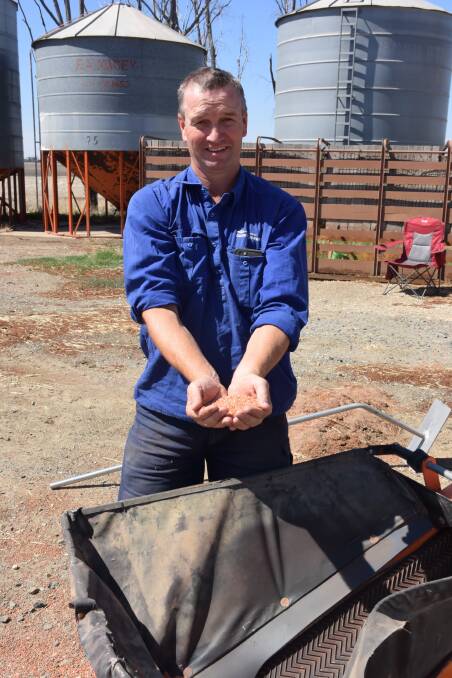
THE INCREASED sophistication of technology within the grains industry masks the fact that it is a profession that has a number of potentially deadly hazards.
Subscribe now for unlimited access to all our agricultural news
across the nation
or signup to continue reading
While it can be easy to forget when casually flicking the switch on the GPS as you sit in air-conditioned or heated comfort in the tractor or header cabin, accidents with serious consequences are just a momentary lapse of concentration away.
A quick glance at occupational health and safety (OH&S) reports shows that grain industry related accidents are over-represented in regards to the number of people involved in the sector.
Just two months ago a man's foot had to be amputated after a workplace accident involving the auger of a feeder bin in Queensland, while there have been other serious incidents involving falls from silos, crashes in farm machinery and electrical accidents involving extendable farm equipment, such as augers, coming into contact with power lines.
Data from the National Farms Injury Centre found that equipment such as augers, 25 per cent, and headers, 20pc, were the biggest cause of injuries for grain producers.
Andrew Weidemann, Grain Producers Australia chairman, said there was considerable scope for the industry to do better in regards to health and safety and said steps were being taken to improve.
He said GPA was looking to work with health and safety specialist Ag In Compliance to help develop specific grains industry work health and safety systems.
Mr Weidemann said he felt farmers could learn from the advances made by bulk handlers over the past 20 years in improving safety, such as site inductions and other safety requirements in relation to movements around the site.
"Farms are becoming increasingly busy at important times of year, such as harvest, especially for farmers storing a lot of their grain on-farm, the silo area can be as busy as a bulk handling site and has the same risks with people moving around the place and heavy machinery being used."
He said there was also the high chance of people working, whether as staff or contractors, that were not necessarily employed at the farm year-round, meaning they were less familiar with surroundings.
"We think that establishing more protocols in regards to site inductions is a good starting point," Mr Weidemann said.
"Having everyone know where everything is across the farm is important in terms of minimising the chance of an accident, which can be high when you've got stressed people coming and going everywhere over harvest."
He said temporary workers were likely to play a larger and larger role in farm businesses as the size of enterprises got larger.
"We're going to see more and more of contactors or short-term staff on for jobs like seeding, spraying and harvest and it is important people have all the information they need to keep themselves safe."


